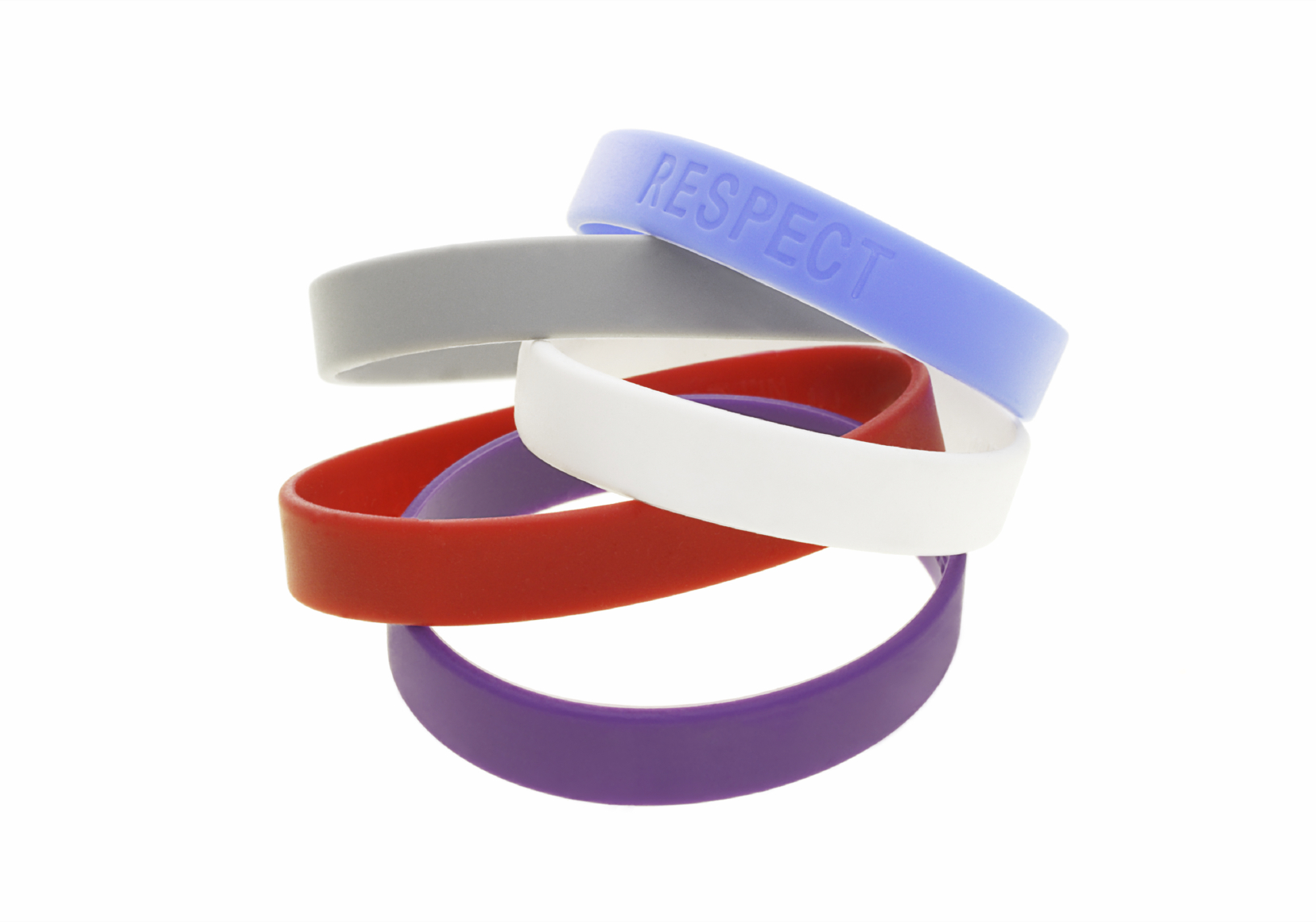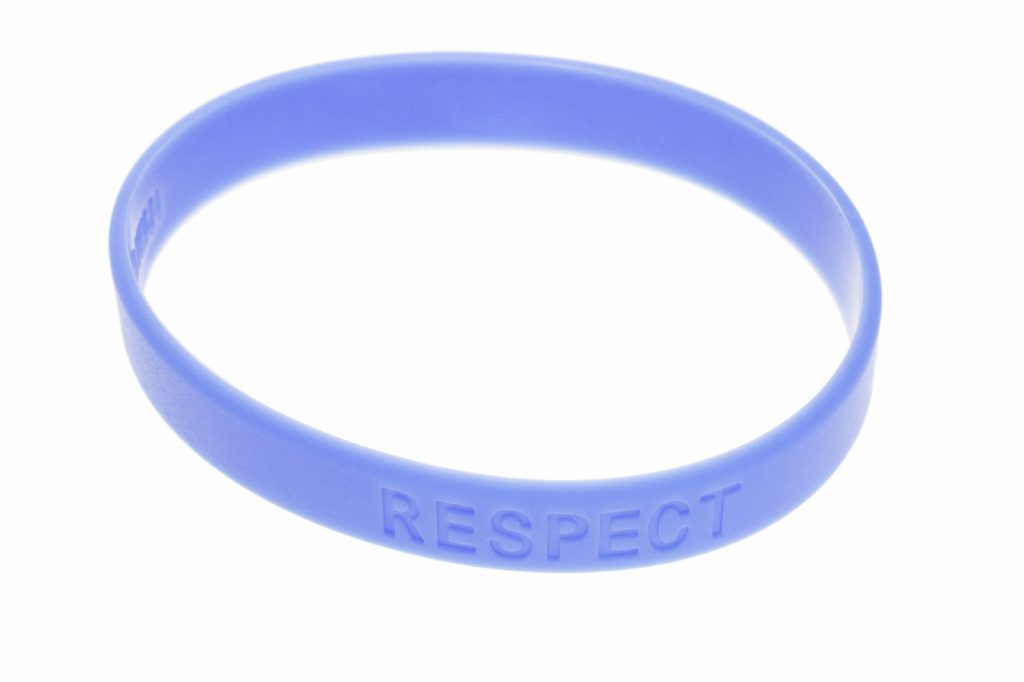Wristbands have been synonymous with charity and event promotion for years, the first and most memorable of which arguably being Lance Armstrong’s Live Strong campaign. Custom silicone wristbands are the perfect way to get your cause or company noticed, so much so that the mere sight of certain coloured wristbands evokes direct connotations of a specific cause or brand; they are a powerful marketing tool.
Whilst our custom silicone wristbands can serve as anything from a marketing tool to a simple memento of a celebration or party, the future of silicone wristbands appears to be a little more diverse. When you think of these fun accessories you tend not to think of advances to medical science however, as we’ve previously discussed in our blog, researchers at Oregon State University undertook studies to implement the wristbands as medical tools to help indicate and identify an individual’s chemical exposure.

As passive samplers, Ted Schettler, science director at the Science and Environmental Health Network states that the bracelets “can identify both chemicals and mixtures, and this could easily be applied to larger groups to see which compounds are showing up most commonly.” Identifying chemical exposure specific to a particular group or profession can mean that companies can implement various safety precautions so as to keep staff safe.
One such study was undertaken to monitor chemical exposure within a particular profession. Eight roofers wore the silicon wristbands for eight hours with the aim of using them as passive wristband samplers. Looking for the polycyclic aromatic hydrocarbons associated with roofing tar, the researchers found a series of compounds including twelve listed on a federal priority list of harmful pollutants. The less protection worn, the more they were exposed.
Why Wristbands?
One original idea was the use of necklaces, however there was an issue of gender bias. When Anderson saw “all kinds of people, even burly men” wearing wristbands at a football game, she realised a way around that bias. Not only that, because silicone is porous it has a similar way of absorbing to a human cell, meaning that once a chemical is absorbed, “they don’t want to go back to the water or the air,” making the chemical contact measurable.
The fact that these wristbands can be worn partaking in almost any activity means that more accurate readings with regards to chemical exposure in specific situations can be taken. Not only that, because silicone is porous it has a similar way of absorbing to a human cell, meaning that once a chemical is absorbed, “they don’t want to go back to the water or the air,” making the chemical contact measurable.

The Future…
Rather than being able to quickly sample the chemicals, the wristbands must go to a laboratory for testing, so whilst the future of testing chemical exposure looks bright it currently takes a little longer than would be ideal. However, other such wristband projects include testing in the agricultural fields of Peru and Africa and at hydraulic fracturing sites in the United States, so tests are ongoing.
We love being able to provide our customers with fun mementos for their special event or being able to provide charities with a cool marketing tool, but to think that these simple silicone wristbands can further medical studies is pretty exciting. We would love to see these chemical exposure tests rolled out and make a real difference.
If you are looking to make a mark through a handy and subtle marketing tool or for a fun way to promote your company or charity, don’t hesitate to contact us on 01524 848382 – we would love to hear your wristband ideas and make them a reality.